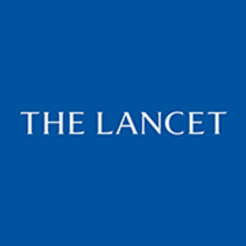Management of drug-resistant tuberculosis

Citation: Lange, C., Dheda, K., Chesov, D., Mandalakas, A. M., Udwadia, Z., & Horsburgh, C. R., Jr. (2019). Management of drug-resistant tuberculosis. The Lancet, 394(10202), 953–966. https://doi.org/10.1016/S0140-6736(19)31882-3
Abstract: Drug-resistant tuberculosis is a major public health concern in many countries. Over the past decade, the number of patients infected with Mycobacterium tuberculosis resistant to the most effective drugs against tuberculosis (ie, rifampicin and isoniazid), which is called multidrug-resistant tuberculosis, has continued to increase. Globally, 4·6% of patients with tuberculosis have multidrug-resistant tuberculosis, but in some areas, like Kazakhstan, Kyrgyzstan, Moldova, and Ukraine, this proportion exceeds 25%. Treatment for patients with multidrug-resistant tuberculosis is prolonged (ie, 9–24 months) and patients with multidrug-resistant tuberculosis have less favourable outcomes than those treated for drug-susceptible tuberculosis. Individualised multidrug-resistant tuberculosis treatment with novel (eg, bedaquiline) and repurposed (eg, linezolid, clofazimine, or meropenem) drugs and guided by genotypic and phenotypic drug susceptibility testing can improve treatment outcomes. Some clinical trials are evaluating 6-month regimens to simplify management and improve outcomes of patients with multidrug-resistant tuberculosis. Here we review optimal diagnostic and treatment strategies for patients with drug-resistant tuberculosis and their contacts.
Author(s): The Lancet
Year: 2019
Language: English
Resource Type: Journal Articles
Source: Other
Filed under: DR-TB, Drug-resistant TB, mdr-tb, multidrug-resistant TB, Mycobacterium, TB patients, Treatment
